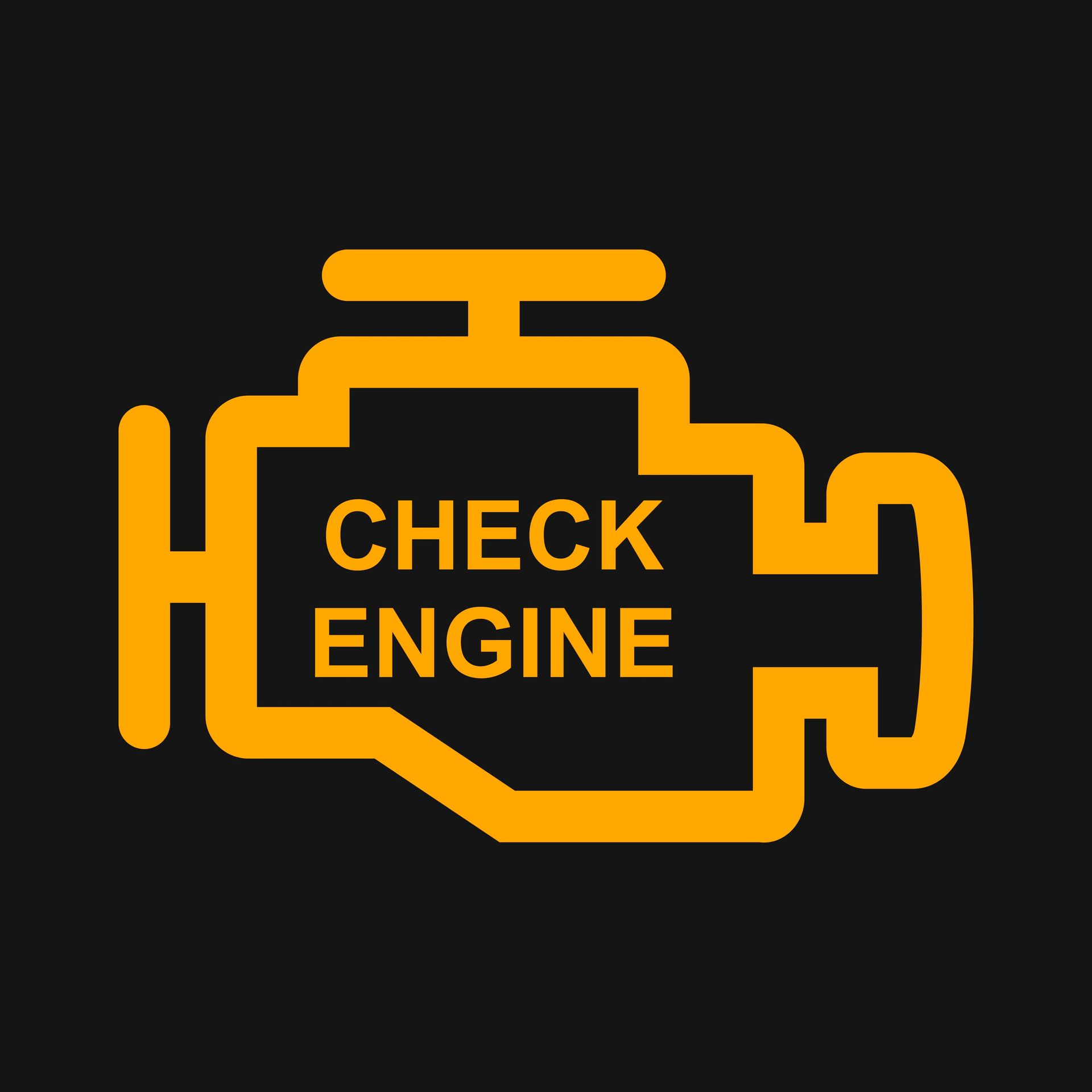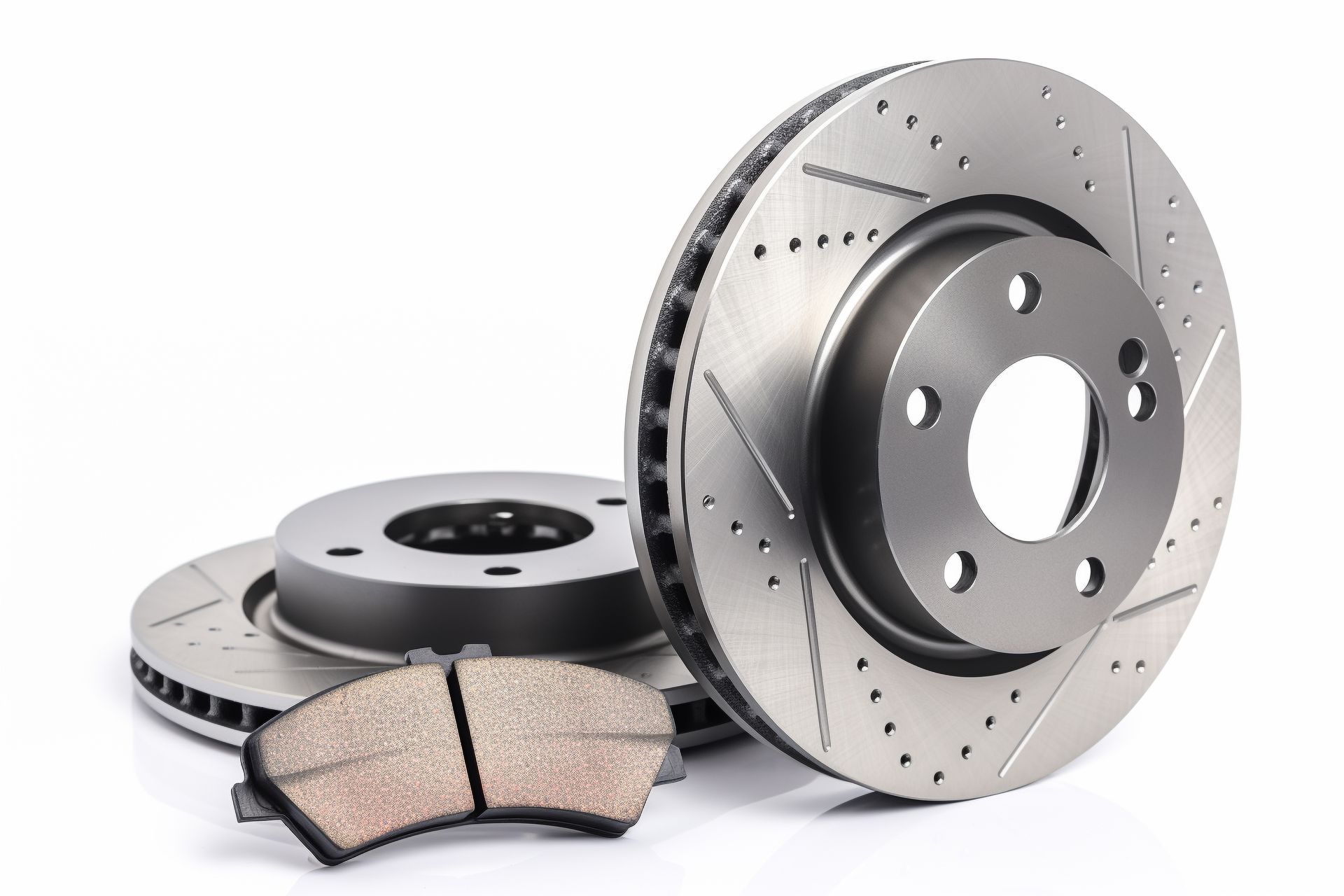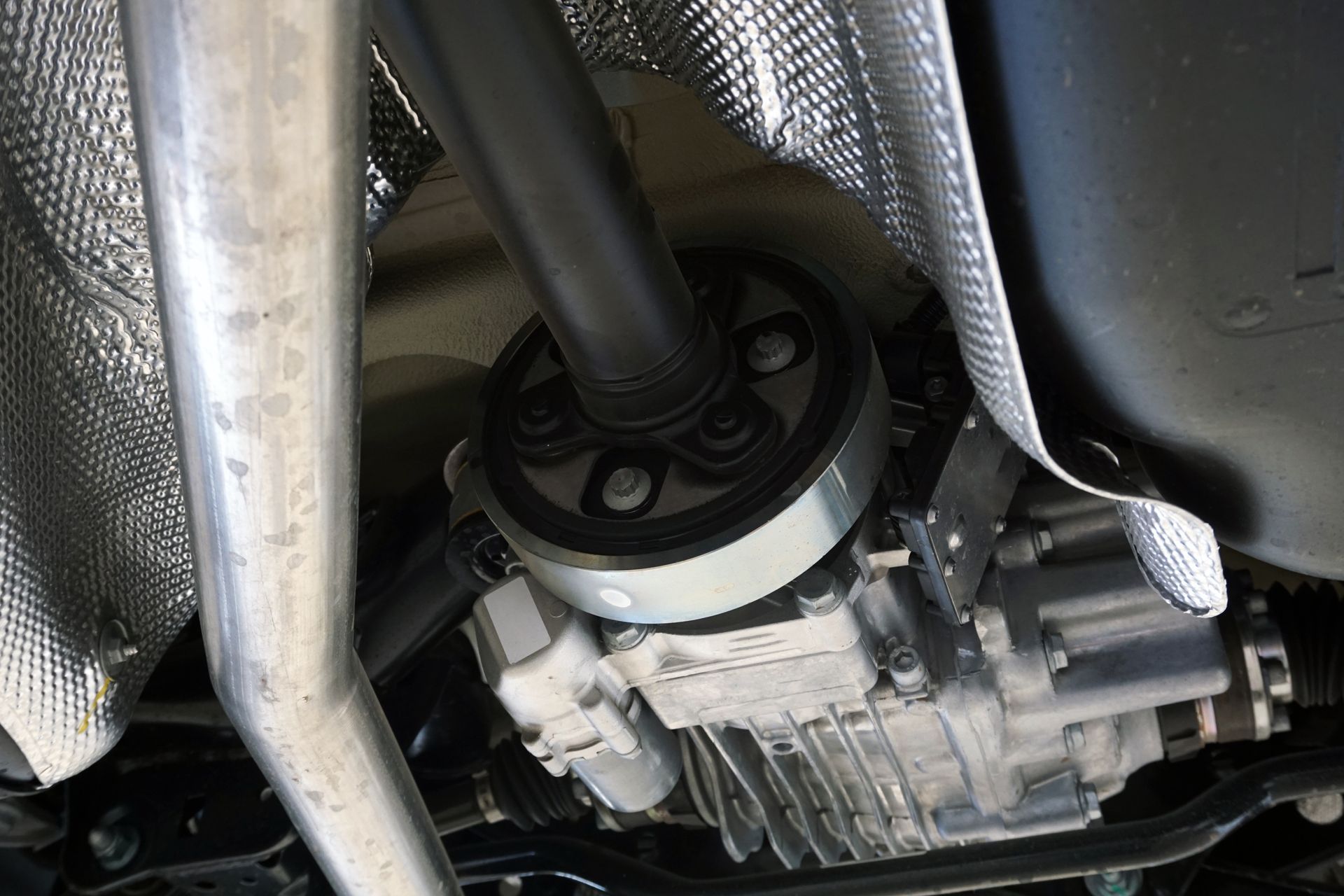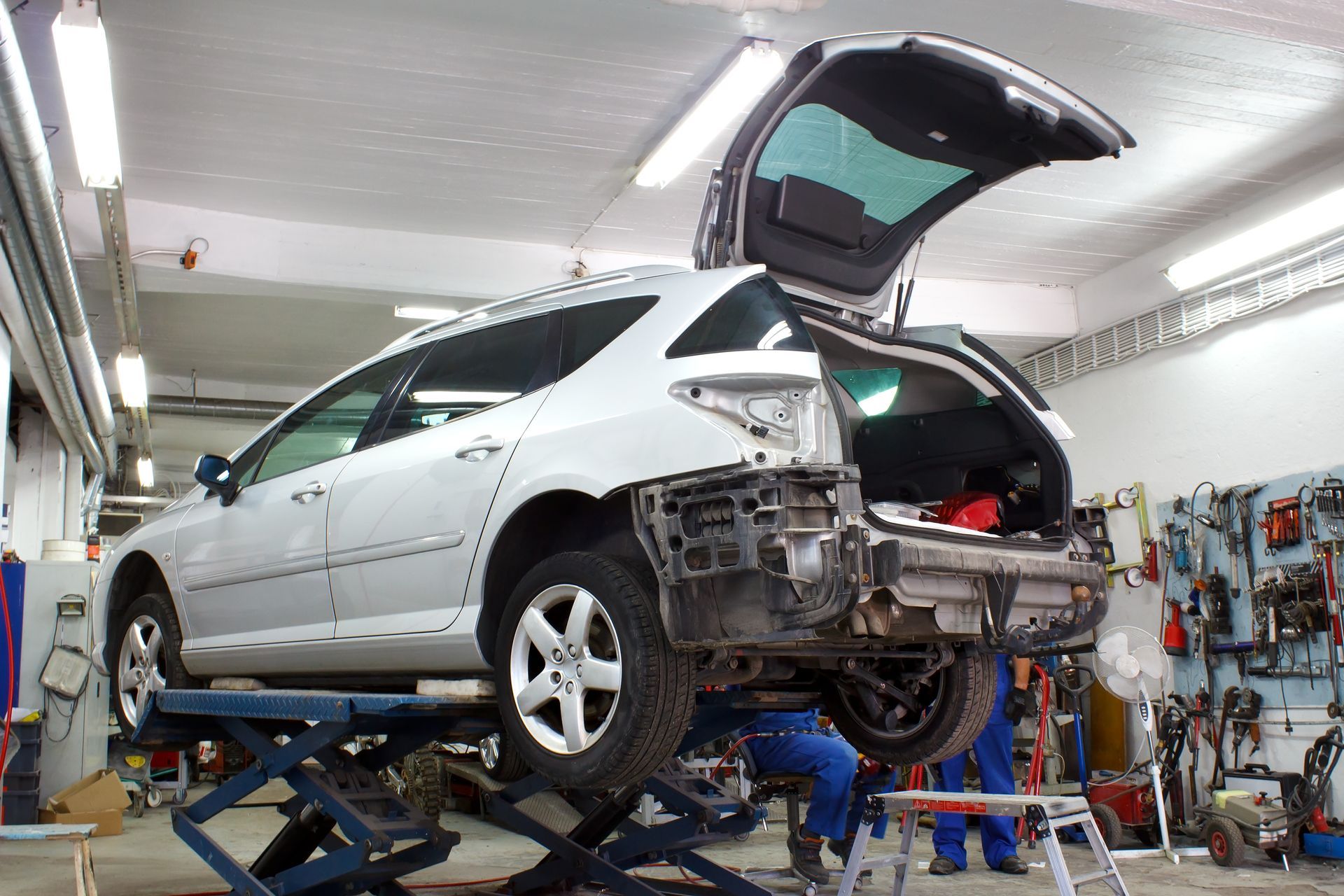Introduction:
Tire rotation is a fundamental aspect of vehicle maintenance that involves moving the tires from one position to another on your vehicle. This procedure helps ensure even tire wear, extends tire life, and maintains optimal handling and performance. In this article, we'll explore the importance of tire rotation, when and why you should do it, and the basic process involved.
Why Tire Rotation Matters:
1. Even Wear:
Tires wear unevenly due to various factors, including vehicle weight distribution, road conditions, and alignment. Tire rotation helps distribute wear more evenly, prolonging tire life.
2. Handling and Traction:
Properly rotated tires maintain consistent tread depth across all four wheels, enhancing handling, traction, and overall driving safety.
3. Cost Savings:
Extending the lifespan of your tires through rotation saves money on premature replacements.
4. Alignment Check:
During tire rotation, it's an opportunity to check the vehicle's alignment. Correcting alignment issues can further improve tire wear and handling.
When and Why You Should Rotate Your Tires:
1. Regular Intervals:
Most manufacturers recommend rotating your tires every 6,000 to 8,000 miles, but consult your vehicle's owner's manual for the manufacturer's specific recommendations.
2. Uneven Tire Wear:
If you notice uneven tire wear or specific tires wearing out faster than others, consider rotating them to address the issue.
3. Seasonal Changes:
If you switch between summer and winter tires, rotate them when swapping to ensure even wear for both sets.
4. Alignment Adjustment:
After an alignment adjustment, it's advisable to rotate the tires to ensure even wear.
The Tire Rotation Process:
1. Identify Tire Rotation Pattern:
Consult your vehicle's owner's manual to determine the recommended tire rotation pattern. Common patterns include front-to-back, rear cross, or X-pattern rotations.
2. Lift the Vehicle:
Using a vehicle lift or jack stands, elevate the vehicle off the ground to allow easy access to the tires.
3. Remove and Inspect Tires:
Each tire is removed from its position and inspected for wear, damage, or other issues.
4. Rotate Tires:
Follow the specified rotation pattern from the owner's manual or tire manufacturer's recommendations. Ensure that the tires are correctly placed in their new positions.
5. Tighten Lug Nuts:
Carefully hand-tighten the lug nuts on each wheel to secure the tires in their new positions.
6. Lower the Vehicle:
Lower the vehicle back to the ground and use a torque wrench to properly tighten the lug nuts to the manufacturer's recommended specifications.
7. Recheck Tire Pressure:
After rotation, confirm that the tire pressure in all four tires matches the recommended levels specified in your owner's manual or on the tire's sidewall.
8. Alignment Check:
Consider having the vehicle's alignment checked and adjusted if necessary. Proper alignment ensures even tire wear.
Conclusion:
Tire rotation is a vital maintenance task that plays a significant role in maximizing the lifespan and performance of your tires. Regularly scheduled rotations help ensure even wear and balanced handling, contributing to your vehicle's safety and efficiency. Consult your vehicle's owner's manual or a professional mechanic for guidance on when and how to perform tire rotations specific to your vehicle's needs.










